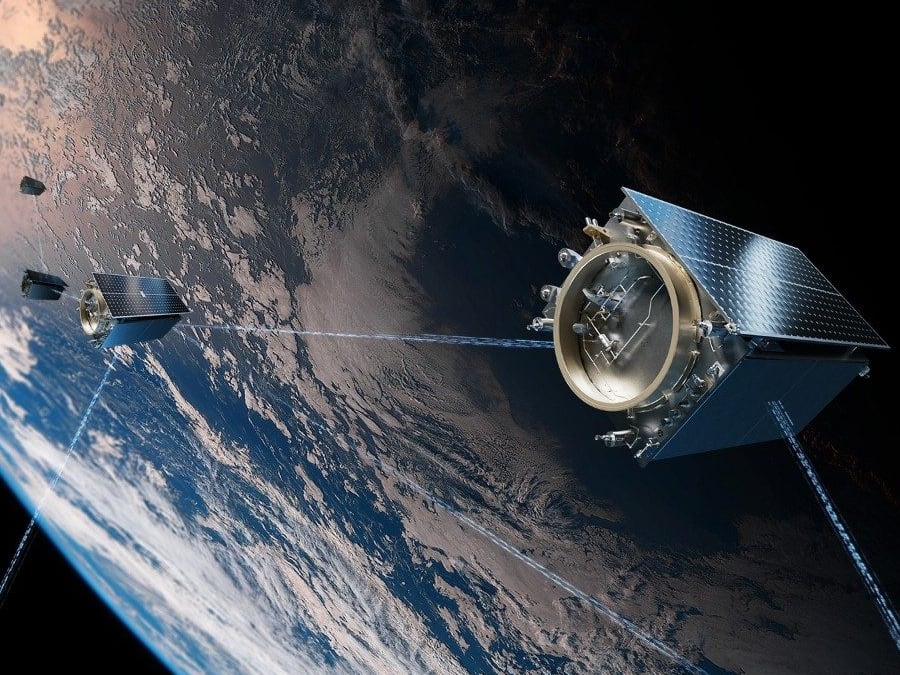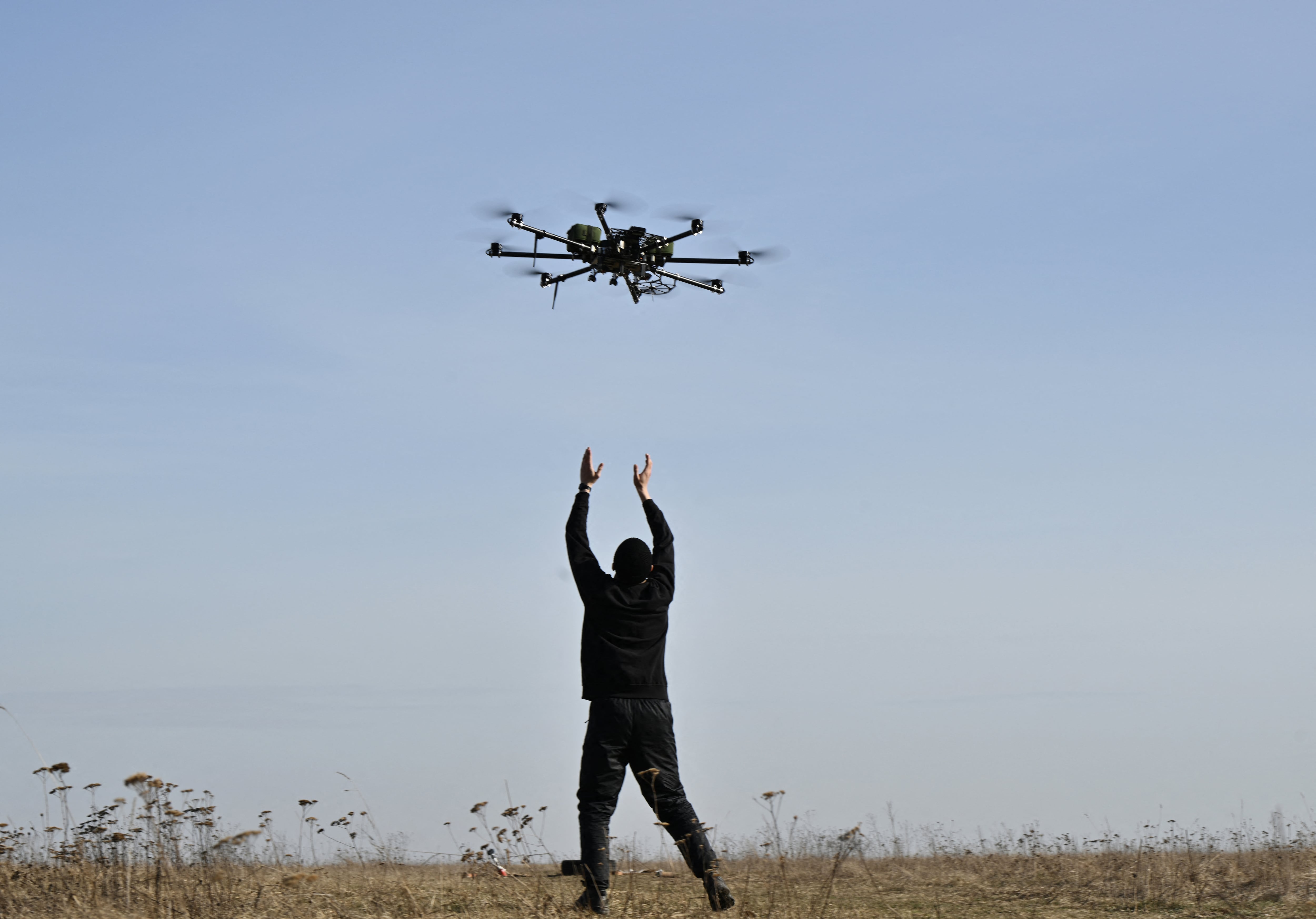In recent years software has replaced hardware in computer networks. Smarter algorithms allow for more robust processing without the need for bigger, more elaborate machines. A similar evolution has been taking place the arena of military detection known as spectral sensing.
Spectral sensing (also called hyperspectral) uses reflected light to determine the material properties of an object. It's been used for decades in aerial implementations as a means to detect troops and weaponry. Recent evolutions have made spectral sensing a viable tool for ground troops.
"With an advanced set of algorithms we can tease out a lot of information from that spectral data. The hardware is still important, but it is what you do with that data that is absolutely critical," said Dave Caudle, business development executive with Pittsburgh-based ChemImage Sensor Systems.
ChemImage picked up a Platinum 2016 Technology Innovation Award from Military & Aerospace Electronics and Intelligent Aerospace publications, an indication of the industry's strong interest in this evolving intelligence capability.
China certainly has an eye on hyperspectral. Its planned China Commercial Remote-sensing Satellite System satellite constellation emphasizes this capability. Globally, the demand for military electro-optics/infrared systems will top $14.2 billion by 2022, according to analysts at MarketsandMarkets.
"What has parked the change in the industry has been the two conflicts in Iraq and Afghanistan, where America was trying very hard to solve the IED and VBIED [vehicle-borne improvised explosive device] problems," Caudle said.
These types of attacks have driven an urgent need for a more capable standoff-sensing capability.
"We were suffering horrible attacks every day and there was no good solution," Caudle said. "Hardware solutions might pick up a military-grade explosive ingredient or a homemade ingredient, but we really needed an adaptable sensor so that if the enemy stopped using one ingredient and started using another, the sensors would pick up on that change," he said.
This is where the power of software has come into play. In conventional spectral sensors, operators might need to swap out filters, sensors and lens in order to search for different elements. Algorithm-driven devices can rotate through a full library of potential hazards without the operator needing to make any adjustments.
ChemImage isn’t alone in this effort. In October, the Army’s Project Manager Soldier Weapons (PM SW) program demonstrated technology from San Diego-based Surface Optics Corp. at its Hyper Spectral/Multi Spectral Technology Advancement Industry Day at Picatinny Arsenal, New Jersey.
Other Army programs have shown similar interest. Army Space & Missile Defense Command in 2012 awarded ChemImage a $7 million contract for its real-time sensor technology used in the field to detect explosive threats.
Founded in 1994, ChemImage has developed a shoebox-sized response to the IED and VBIED threat. The devices weigh eight to 10 pounds and can be configured to automatically scan for a range of potential hazards. Such a handheld sensor can help to keep soldiers a safe distance from any possible threat.
In the absence of spectral analysis, a soldier at a checkpoint has to question drivers and manually search vehicles.
"This is very dangerous and it’s not a very good way to detect this type of threat," Caudle said.
Thanks to improved algorithms, hyperspectral imaging "has become mature enough to allow that same service member to detect threats with a high degree of confidence from a safe standoff distance," he said.
In addition to detecting explosives, such a system could be set to look for "precursors" – the ingredients that might be used to create homemade explosives. Sensors can pick up biological or nuclear contamination as well.
Forensic uses also emerge. "If you take a sensor into a clandestine lab, an untrained service member can tell what is being done in side that room. Were explosives being made? If so, what classes? They don’t have to swab anything. They don’t have to send anything back to analysis," he said.
While software-driven approaches have extended the range and versatility of spectral analysis, the technology has one significant limitation. Sensors analyze reflected light, so there needs to be a strong, reliable light source present. ChemImage addresses this by integrating a flashlight into its devices.
"In the places where these sensors are deployed, there are harsh environments. There are sandstorms, there are changing conditions. So keeping consistent light on the target has to be a priority," Caudle said.







